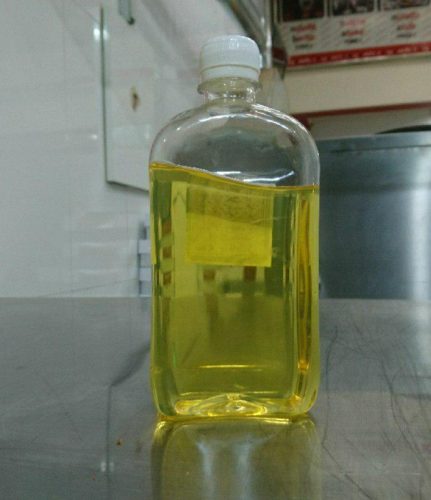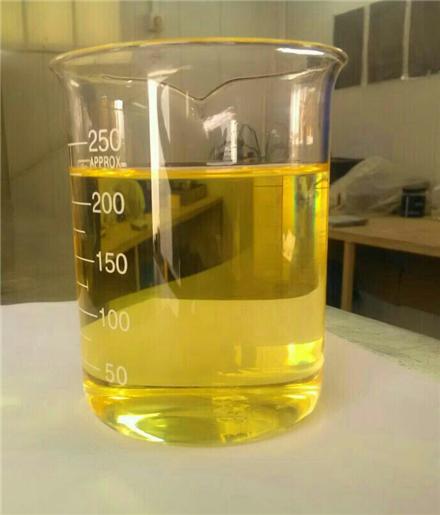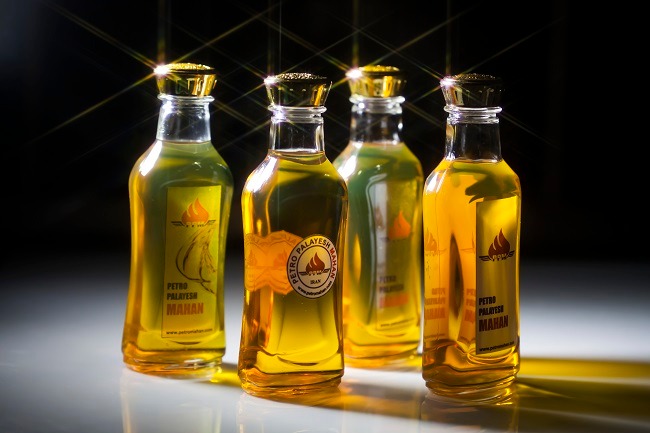Project Description
Hydrocarbon
Hydrocarbons are molecules made out of hydrogen atoms and carbon atoms. The simplest hydrocarbon molecule is methane, which is one carbon atom with four hydrogen atoms stuck to it. A hydrocarbon is a substance consisting only of carbon and hydrogen atoms.
- Price caustic soda flake
FEATURES
The hydrocarbons are the most broadly used organic compounds known, and are quite literally the driving force of western civilization. The greatest amounts of hydrocarbons are used as fuel for combustion, particularly in heating and motor fuel applications. The primary components of natural gas are methane and ethane. We are all familiar with the use of propane in gas barbecues, lanterns, and as a fuel for internal combustion engines and heating systems. Butane is also a readily available fuel, familiar to everyone in the form of the pocket lighter.
Most hydrocarbons are generated from the thermal ‘cracking’ and fractional distillation of crude oil. Another major source is the industrial alteration of ethanol to produce ethylene. The ethylene so produced becomes a feed stock for the industrial synthesis of other hydrocarbons up to and including polyethylene.
Hydrocarbon Packing
Bulk
Please check album.
More information:
A hydrocarbon is an organic compound composed of two elements, hydrogen and carbon. A large part of the composition of petroleum is made up of hydrocarbons of varying lengths. The smallest hydrocarbon, methane, is composed of a single carbon atom and four hydrogen atoms. However, hydrocarbons can literally consist of hundreds or thousands of individual atoms that are linked together in any number of ways, including chains, circles, and other complex shapes.
Properties
Because the structure of different hydrocarbons can vary so drastically, the properties of each class of molecule vary greatly as well. In order to help categorize the properties of hydrocarbons, they are broken up into several basic types.
- Alkanes – These are referred to as saturated hydrocarbons. Saturated has a specific definition in terms of carbon-based molecules. Carbon can form up to four separate bonds with four separate other atoms. However, it is also possible for carbon to form multiple bonds with a single atom, even another carbon atom. When two carbon atoms in a hydrocarbon are linked together by two or more bonds rather than one, the molecule is termed unsaturated. All alkalies are saturated, which means they only contain single bonds between all carbon atoms. Alkalies are the basis of petroleum fuels and are found in linear and branched forms.
- Unsaturated Hydrocarbons – Those hydrocarbons that have one or more double bonds between carbon atoms are called alkenes. Those with one or more triple bonds between carbon atoms are called alkalies. These are mixed with alkalies in petroleum and contribute more carbon dioxide per pound than do saturated hydrocarbons.
- Cycloalkanes – Any hydrocarbon containing one or more ring structures. These are generally used for the same functions as the non-cyclic alkalies, though they have additional uses in creating certain plastics and in pharmaceutical bases.
- Aromatic Hydrocarbons – This class of molecules has specialized ring structures where bonds between carbon atoms are an intermediate between single and double bonds. Molecules in this class include the industrial solvent benzene.
The structure, hydrogen to carbon ratio, and the length of a particular hydrocarbon determine its properties. In general, small linear hydrocarbons will be gases while medium sized linear hydrocarbons will be liquids. Branched hydrocarbons of intermediate size tend to be waxes with low melting points. Long hydrocarbons tend to be semi-solid or solid. Unsaturated hydrocarbons are more likely to be solid than their saturated counterparts as are cyclic hydrocarbons.
Hydrocarbons in Fuel
Hydrocarbons containing between six and 10 carbon molecules are the top components of most fuels, regardless of whether they are alkalies, alkenes, or cyclic. In general, these molecules are burned to produce energy.
Burning hydrocarbons requires oxygen. The hydrocarbon and oxygen combine, in a process called combustion, to produce water, carbon dioxide, and energy. Of course, these molecules are not the only products of the combustion of hydrocarbon. Hydrocarbons that are contaminated with atoms such as sulfur and nitrogen will also produce nitrogen dioxide and sulfur dioxide.
Because hydrocarbons are composed purely of carbon and hydrogen, their combustion with oxygen can only produce water as a result of the combination between hydrogen and oxygen and carbon dioxide as a result of the combination of carbon and oxygen. The energy produced by burning a hydrocarbon comes from breaking both carbon-hydrogen and carbon-carbon bonds and recombining them into carbon-oxygen and hydrogen-oxygen bonds. Because an unsaturated hydrocarbon has fewer hydrogen carbon bonds, it has less hydrogen per molecule than a similar unsaturated hydrocarbon and will produce more carbon dioxide. This also means unsaturated hydrocarbons produce less energy when burned than do saturated hydrocarbons. In order to gain the same amount of energy, a greater quantity of unsaturated hydrocarbon must be burned and as a result more carbon dioxide is created in the process. Thus, unsaturated hydrocarbons are less environmentally friendly than saturated hydrocarbons.
Beyond the release of carbon dioxide, burning hydrocarbons also releases other contaminants into the atmosphere. Because refining hydrocarbons is not perfect process, all fuels will contain some level of contaminants. During combustion, sulfur combines with oxygen to produce sulfur dioxide. Sulfur dioxide later combines with hydrogen in the atmosphere to produce the weak sulfurous acid as well as the strong sulfuric acid. Both of these contribute to acid rain. In addition to sulfur, nitrogen is also a common contaminant in hydrocarbons. Nitrogen dioxide can react with hydrogen in the atmosphere to produce nitric acid, which also contributes to acid rain.
Hydrocarbon use for :
The Hydrocarbon is liquid and usually use for heating and fuel. It primarily used in the chemical industry as a feed stock for other chemical commodities or as a refrigerant. It is using as a heating and cooking fuel, motor fuel, and refrigerant as well as in soldering applications. Hydrocarbons and its various forms end up in gasoline blends, fuel, and refrigerants as well as feed stock in the creation of synthetic rubber. It is also used in these fields:
- Natural gasoline
- automotive fuels
- use for a variety of industries



